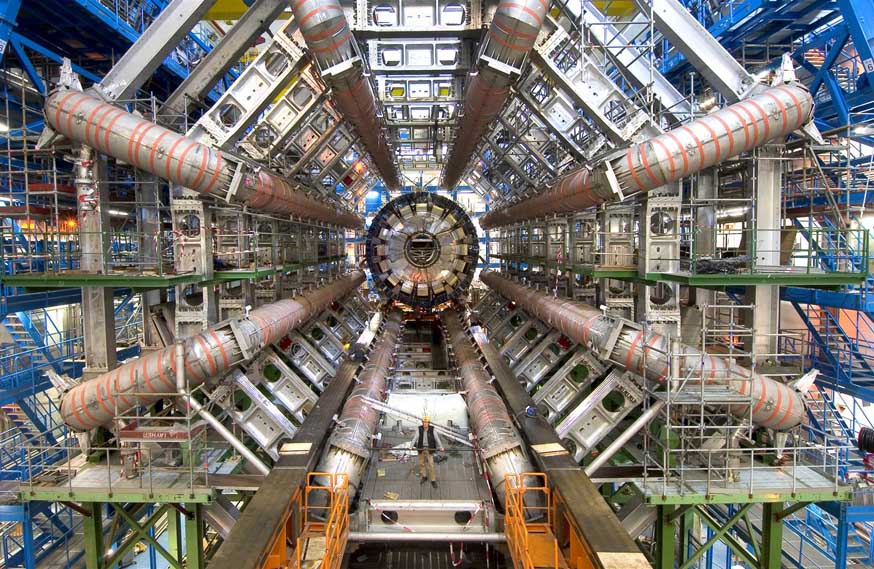
| Instructor: | Laurence G. Yaffe |
| Office: | PAB 404 |
| Office hours: | Mondays 1:30-3:00pm, or by arrangement |
| TA: | Brandon Robinson (PAB 427, robinb22@uw.edu) |
| Lectures: | 12:30-1:20pm MWF, room PAA 110 |
| Course website: | http://courses.washington.edu/partsym/ |
| Catalyst workspace: | https://catalyst.uw.edu/workspace/lgy/39926/ |
| Discussion board: | https://catalyst.uw.edu/gopost/board/lgy/34172/ |
| Clicker registration: | https://catalyst.uw.edu/webq/survey/lgy/181053/ |
| Syllabus |
| Notes |
| Grading |
| Prerequisites |
| Resources |
| Reading |
| Homework |
| Exams |
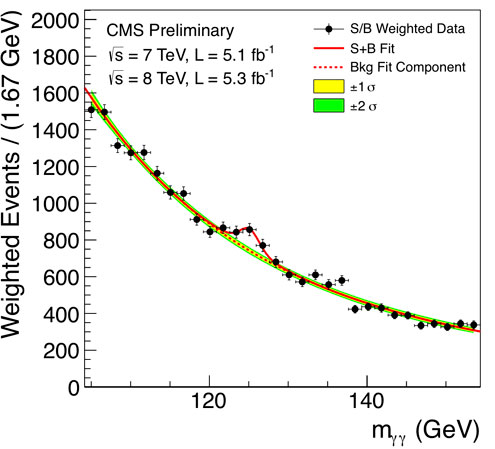
Particle Physics in the News
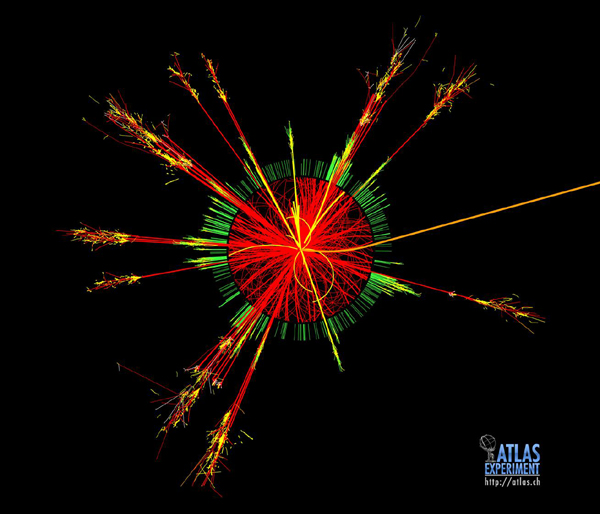
Overview
-
This course provides an introduction to the fundamental constituents of
matter and the symmetries which characterize their interactions.
Topics include fundamental symmetries of nature (such as
Lorentz invariance, CPT, and baryon and lepton number conservation),
the "building blocks" of the current Standard Model of nuclear and particle
physics: quarks, gluons and leptons,
the importance of symmetries in characterizing the interactions
of particles, and key experimental evidence on which the Standard Model
is based.


Course objectives
-
Like most physics courses, overall objectives of this course
are two-fold: acquire knowledge about physical aspects of the universe
we live in, and learn to quantitatively analyze physical problems.
More specifically, students will
acquire practical facility with special relativity and its
application to relativistic particle dynamics.
They will learn how to recognize various classes of elementary particles
and predict the type of interactions responsible for their
decays and scatterings.
They will practice performing order-of-magnitude estimates relevant
for interpreting and/or judging the feasibility of a variety
of modern physics experiments.
The course covers material from several different, but related, subject areas. The primary reference is the course notes, accessible below. Students will be expected to master the material in these notes. Carefully studying these notes, including the worked examples at the end of chapters, is essential for success in this class. There are no other required textbooks, only recommended supplemental texts. While some homework problems will be typical textbook style problems, focusing on a single concept, many homework problems will focus on analyzing interesting, but unfamiliar, physical systems using the principles and techniques discussed in this course (and its prerequisites).

Tentative syllabus
| Week 1: | Special relativity |
| Week 2: | Spacetime physics |
| Week 3: | Relativistic dynamics |
| Week 4: | Known particles and interactions |
| Week 5: | Quarks and mesons |
| Week 6: | Baryons |
| Week 7: | Symmetries |
| Week 8: | Isospin |
| Week 9: | Discrete symmetries |
| Week 10: | Force carriers and the standard model |

Course Notes
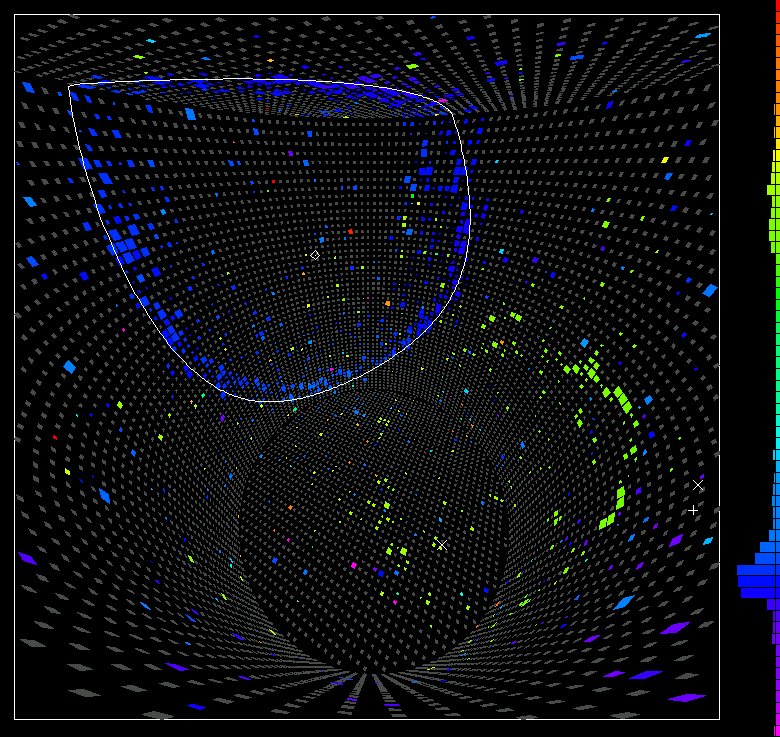
Grading
There will be weekly homework assignments, one midterm, and a final exam. There will also be regular 'clicker quizzes' during lecture. Grades will be based approximately 30% on homework, 10% on quizzes, 20% on the midterm, and 40% on the final. Taking the final is required to obtain a non-zero grade.
Homework must be turned in (either in class, or in Prof. Yaffe's mailbox) by the end of class on the due date, typically a Wednesday. Late homework will be accepted with a 50% discount in points if turned in by the end of class on the class-day following the original due date.
Your scores on homework assignments and exams may be seen on the Catalyst gradebook. Post-midterm, the column labeled Projected Score is calculated assuming that the average (percentage) scores on the remaining homework assignments and exams are identical to those on previous assignments and exams, respectively. The projected grade is a relatively flat mapping of scores onto the range 0.0 to 4.0, such that passing (a grade of 2.0) comes from a score of approximately 40%. This is just an estimate of the final grade. The precise mapping used will be adjusted as the quarter progresses and more information becomes available.
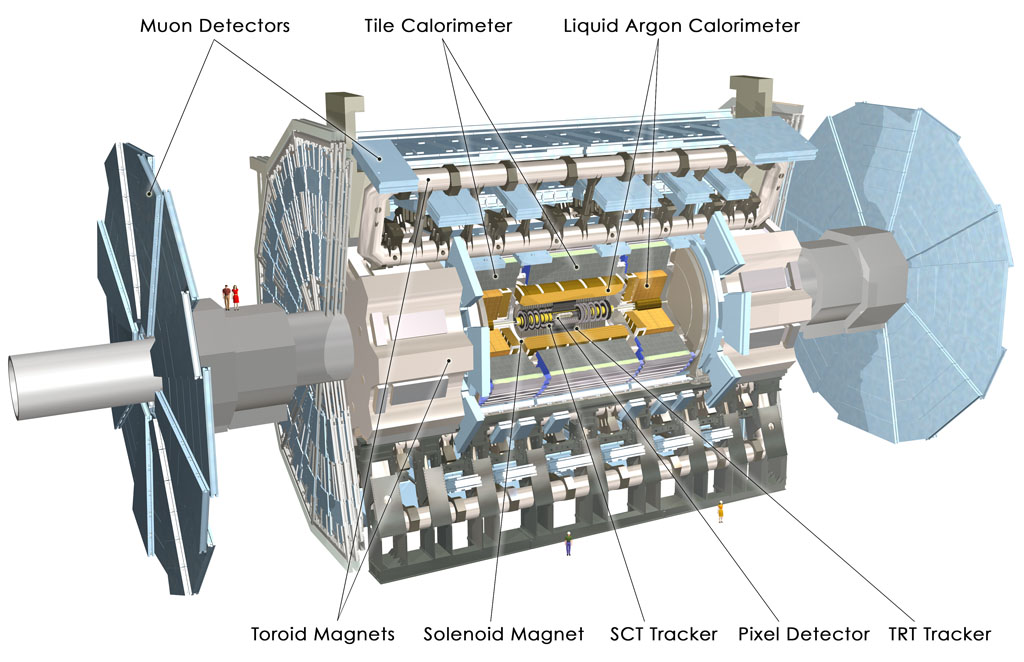
Prerequisites
Prior successful completion of Phys 121/122/123 (Introductory Physics), Phys 225 (Quantum I) and Phys 227 (Elementary Mathematical Physics I) is required.
It is expected that students entering Phys 226 will have a basic working knowledge of quantum mechanics (including bras and kets, quantum time evolution, observables and expectation values, spin-1/2 and related two-state systems, quantized angular momentum, quantized harmonic oscillators). Facility with complex variables and complex arithmetic, trigonometric and hyperbolic functions, linear transformations on vectors (including infinite dimensional vector spaces), eigenvalues and eigenvectors is assumed.
For in-class use, students must have an H-ITT radio-frequency clicker, available new from the UBookstore, or sometimes used from sellers on Amazon or Ebay. Be sure to get the RF version: model TX3100 or TX3200.
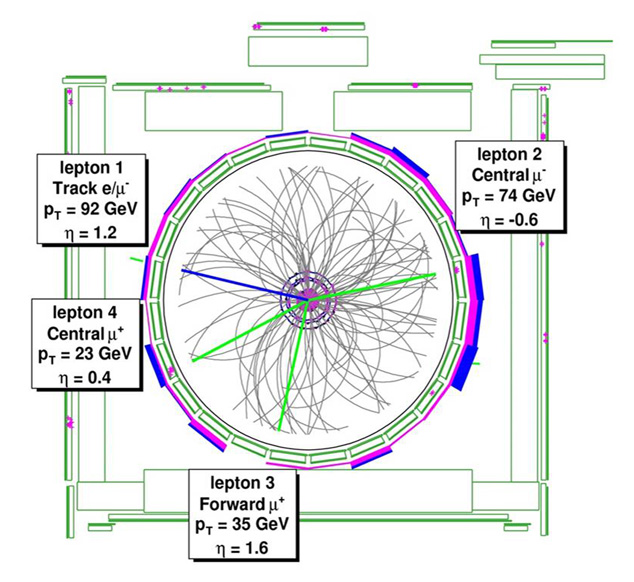
Useful Resources
-
The course notes are the primary reference for this class,
but these books are useful supplemental resources:
Introduction to Relativity by John B. Kogut
Introduction to Nuclear and Particle Physics by A. Das and T. Ferbel
Particle Data Group: Constants, Units, Atomic and Nuclear Properties
Particle Data Group: Summary Tables of Particle Properties
Particle Adventure (a breezy interactive tour from the Particle Data Group)
Introductory LHC videos
Interactive Table of Nuclides from the
Korea Atomic Energy Research Institute
Interactive Chart of Nuclides from the
National Nuclear Data Center at BNL
1964 Messenger Lectures by Richard Feynman
(requires MS Silverlight)


Reading Assignments
-
Read prior to the indicated week (subject to change).
| Week | Course notes |
| Sep 25-27 | chapters 0 & 1 |
| Sep 30-Oct 4 | chapter 2 |
| Oct 7-11 | chapter 3 |
| Oct 14-18 | chapter 4 |
| Oct 21-25 | chapter 5, sections 1-3 |
| Oct 28-30 | chapter 5, sections 4-7 |
| Nov 1 | Midterm |
| Nov 4-8 | chapter 6, sections 1-4 |
| Nov 11 | Veteran's Day holiday |
| Nov 13-15 | chapter 6, sections 5-7 |
| Nov 18-22 | chapter 6, section 8-11 |
| Nov 28-29 | Thanksgiving holiday |
| Nov 25-27 | chapter 7 |

Homework Assignments and Solutions
-
Homework is due every Wednesday.
New homework assignments, and solutions to the previous assignment,
are posted weekly on the
Catalyst workspace.

Exams
- Midterm: Friday November 1, 12:30-1:20pm, in A110
- Final: Thursday December 12, 8:30-10:20am, in A110